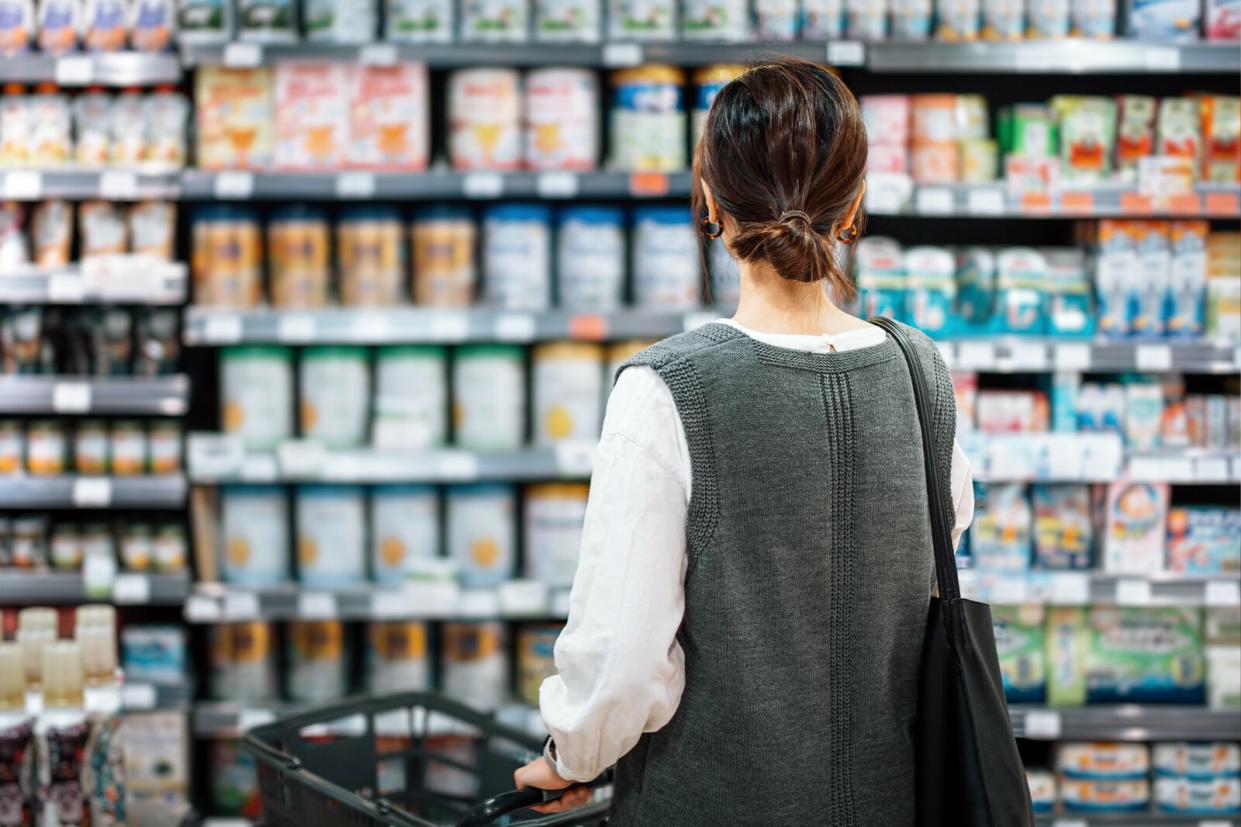Can Your Food Be Climate Neutral?

d3sign / Getty Images
When Mike Salguero came up with the idea for ButcherBox, a subscription service that delivers curated high-quality meat, poultry, and wild-caught seafood directly to consumers in 2015, he was trying to find a way to feed his growing family that was healthier for them and the planet. Today, the company, which sources meat from farmers and farm cooperatives all over the country that meet Butcher's Box's criteria, is continually trying to create a product that meets consumers' needs while minimizing harm to the environment.
Related: Organic, Grass-Fed, Cage-Free, Fair Trade, and Other Food Labels Explained
The company has spent the past two years attempting to fully understand its carbon footprint to develop a tailored approach to offsetting carbon emissions. However, what it's not doing, at least not right now, is attempting to be carbon neutral. "Because current carbon-neutral certifications would offset only a small portion of the company's impact, we have concluded that pursuing a carbon neutral claim for the entire business wasn't the best path forward to achieve the level of environmental responsibility we aspire to," says Audrey Blauvelt, a public relations specialist with Butcher Box.
As the climate crisis intensifies, you're sure to hear a lot more food and beverage brands talk about climate neutrality. For instance, earlier this year dairy giant Organic Valley announced it would attempt to reach carbon neutrality by 2050 through carbon insetting, a program that relies on emission reductions and carbon sequestration. But what does that mean for the food and drinks we buy? Should we care? And how can we tell the difference between greenwashing and companies that are actually working towards climate neutrality or at least acknowledging what's possible right now?
Why Should We Want Carbon Neutral Products?
In April 2022, the Intergovernmental Panel on Climate Change (IPCC) released a new report on the climate crisis in which the world's top scientists issued a dire warning for humanity: stop the rise of greenhouse gas emissions by 2025 or face catastrophic impacts from global warming. While the only real way to do that is by quickly phasing out fossil fuels, the IPCC report estimated that the food system could provide as much as a third of the greenhouse gas reductions needed to limit warming to 1.5°C. According to the IPCC that's the magic number to avoid the worst of the climate crisis.
How Do Brands Become Carbon Neutral?
It's not easy to actually be carbon neutral. However, several companies have achieved it, at least according to Climate Neutral, a nonprofit behind the Climate Neutral Certified Label trying to enable people to shop with the climate in mind in the same way they would choose USDA Organic. The nonprofit, which has certified more than 30 food and beverage companies, including JuneShine, Vahdam Teas, and more, requires companies to measure their carbon footprint, create action plans for future emissions reduction, and offset the whole of their carbon footprint with meaningful carbon offsets. Carbon offsets, which most of us think of as tree plantings but includes many other projects, are complicated, and there are various points of view on whether they're effective.
"By definition to be climate neutral, everybody has to use offsets," says Austin Whitman, CEO of Climate Neutral. "It's impossible to be climate neutral without the use of carbon credits or carbon offsets or carbon removal credits or whatever you call them. That's just a fact of living in a heavily carbon intensive world. And we're trying to move away from that. But in the meantime, to be climate neutral we need offsets to get us there."
Climate Neutral requires that the offsets companies use are projects used to create carbon reductions, or carbon removals are verified by third parties.
While many of the food and beverage companies that Climate Neutral has certified are direct-to-consumer brands, the company does see a lot of room for growth from more prominent brands that consumers find at supermarkets, especially as consumers look for brands that are working to mitigate climate change. "More than three-quarters of consumers are anxious about climate change," says Whitman.
And ButcherBox says it is still interested in one day achieving carbon neutrality, but currently its focus is on areas where they feel they can make a meaningful, positive impact on the environment such as by investing in renewable energy, purchasing reliable offsets, and measuring and reducing the company's carbon footprint.
So How Should I Shop?
If you're concerned about the climate crisis (raises hand) and wondering what you can do, you can start with your food shopping habits. According to research by The JUMP and Arup, people and communities can directly deliver as much as 27 percent of the changes needed by 2030 to avoid catastrophic consequences of climate change.
Consider the carbon footprint of your food, remembering that a plant-based diet tends to be the quickest way to reduce your own carbon emissions.
When you shop, look for the Climate Neutral Label, although keep in mind there aren't many food brands that have achieved climate neutrality just yet (although a growing number are trying). Purchase organic and/or regenerative agriculture products when you can.
And of course, if you're lucky enough to have access to them, shop at farmers' markets where you can ask the people who grow your food questions about how it was produced.

